The Blouse: A Symbol of Femininity and Empowerment in Indian Culture
The history of Indian clothing is a beautiful reflection of how different cultures have blended together throughout time, from ancient times to the present day. It's a rich and diverse heritage that should never be forgotten or limited to museums and galleries. It's an integral part of our social lives and a significant aspect of the Indian subcontinent's cultural identity.
Similarly, the history of blouses is a fascinating journey through time, showcasing the evolution and transformation of this garment. It tells a story of how blouses have adapted to different environments and how they have been influenced by various cultures. This history is full of interesting and vibrant details, revealing the assimilation, transition, and transformation of blouses through the ages.
Table of Content
- The Blouse: A Symbol of Femininity and Empowerment in Indian Culture
- Historical Evolution of Cholis
- Ancient Indian Clothing
- The Blouse: A Fashion Staple During the Gupta Empire's Reign of Cultural Flourishing
- Evolution of Blouse During Chola Empire
- Tracing the Evolution of the Blouse During the Glorious Vijayanagara Empire
- The Mughal Fusion: How the Invasion Sparked a Cultural Revolution in Indian Women's Fashion
- Cultural Hybridization
- Kangra Paintings: A Window into the Vibrant History of Blouse in India
- Portuguese and British Influences
- Bengal Renaissance
- Jnanadanandini Devi's Influence
- Choli ke peeche kya hai?
Historical Evolution of Cholis
Historians and researchers have inferred that cholis and heavily tight bodices came into existence between late 2nd century B.C to 6th century A.D and went through significant evolutionary stages. A number of figurines, sculptures and paintings suggest that there was a custom of wearing cholis with a regional diversity and versatility. The evolution of cholis can be traced through different periods and regions of India.
Ancient Indian Clothing
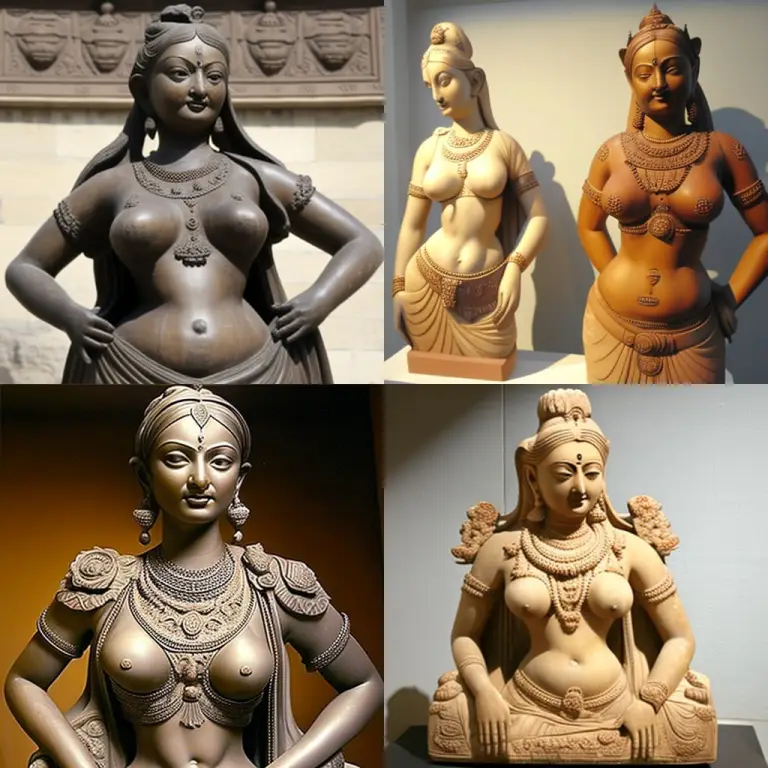
In ancient India, women used to cover the lower part of their body with unstitched, woven fabric, but, mostly kept the upper part uncovered or sometimes, they ornamented with heavy jewelleries and various embellishments.
In Indian temple architecture, the finest figurines and statues of yakshis, apsaras flaunt their bare upper body part, sometimes ornamented with exquisite jewelleries. Hence, wearing a "stanapatta" or a choli is a later occurrence in the Indian subcontinent.
The Blouse: A Fashion Staple During the Gupta Empire's Reign of Cultural Flourishing
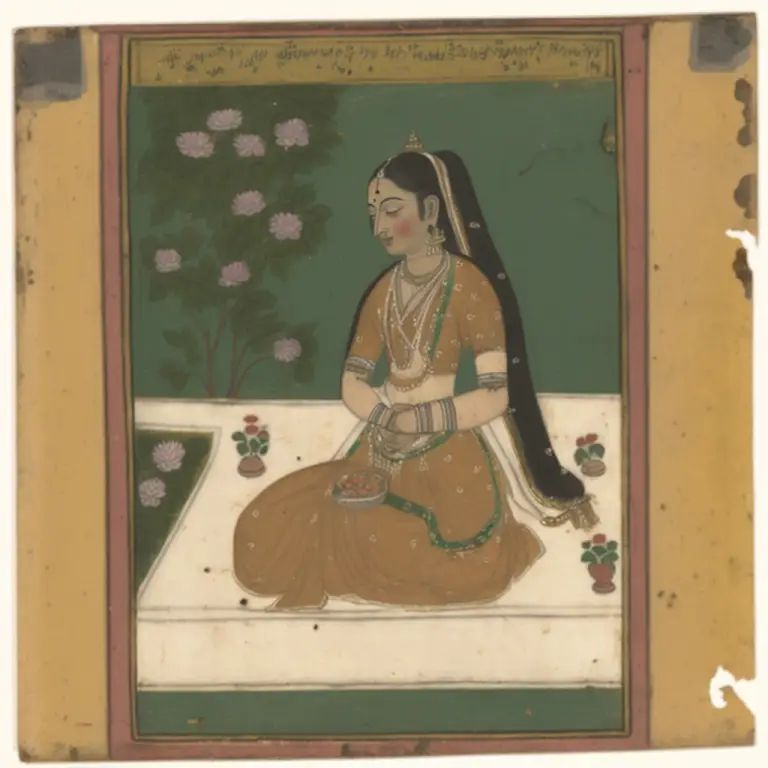
The art, architecture, and cultural accomplishments of the Gupta Empire, which dominated India from the fourth to the sixth centuries CE, are well-known. The blouse, or choli, had a significant role in women's fashion throughout this time.
During the Gupta Empire, the choli was generally worn with a saree and was constructed of fine muslin or silk fabric. Short sleeves and delicate needlework were frequently used to decorate the blouse. The blouse's length varied, with some ending at the hips and others ending at the waist.
The adaptability of the blouse during the Gupta Empire was one of its distinguishing features. It could be worn in a variety of ways, such as draped over the head or with a pallu (a saree's draped end).
Evolution of Blouse During Chola Empire
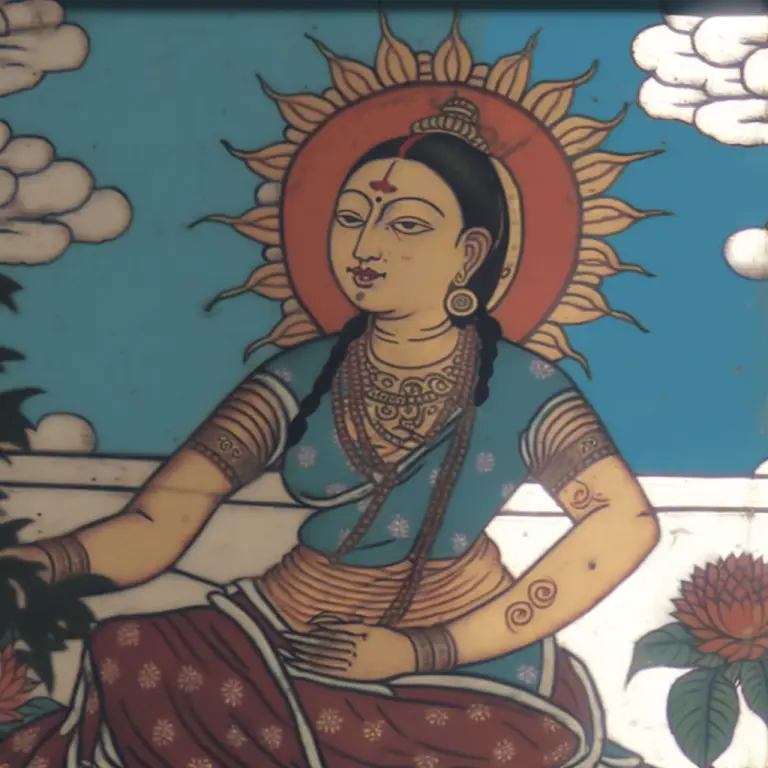
In the medieval Chola Dynasty women made the choli by wrapping an unstitched cloth tightly around their breasts to flatten them. This style of choli was commonly worn by women during this period and was a way of dressing modestly while still being comfortable in the hot climate.
The Cholas were known for their advancements in art, architecture, and culture, and it's believed that the choli was also an important part of their fashion culture. However, there is limited information available about the history of the blouse during the Chola Dynasty specifically.
Tracing the Evolution of the Blouse During the Glorious Vijayanagara Empire
During the 14th century Vijayanagara Empire, women's fashion was dominated by the kanchuka, a tightly fitted bodice that was stitched by specialized tailors. However, it's worth noting that this was not the case throughout India, as the blouse was not a widely recognized garment in other regions.
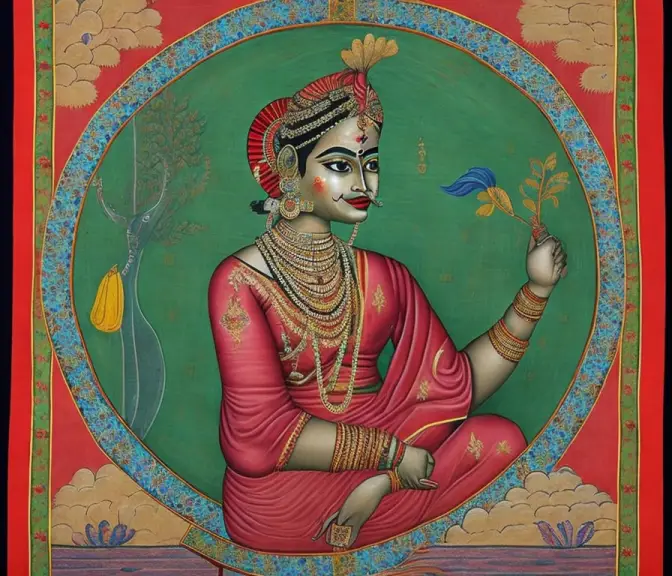
The kanchuka was typically made of silk or cotton and was adorned with exquisite embroidery and intricate designs. It was considered a symbol of status and was often worn with a saree, lehenga, or ghagra. The kanchuka was known for its ability to accentuate the curves of a woman's body, which was considered a desirable trait at the time.
Interestingly, while the kanchuka was a popular garment during the Vijayanagara Empire, it was not widely adopted in other parts of India. In fact, the concept of a blouse as we know it today was relatively new and was not yet an established part of women's fashion.
Overall, the kanchuka was a significant component of women's fashion during the Vijayanagara Empire and played an important role in shaping the cultural identity of the time. Its intricate designs and luxurious fabrics reflected the wealth and sophistication of the empire, while its fitted design highlighted the beauty and femininity of the women who wore it.
The Mughal Fusion: How the Invasion Sparked a Cultural Revolution in Indian Women's Fashion
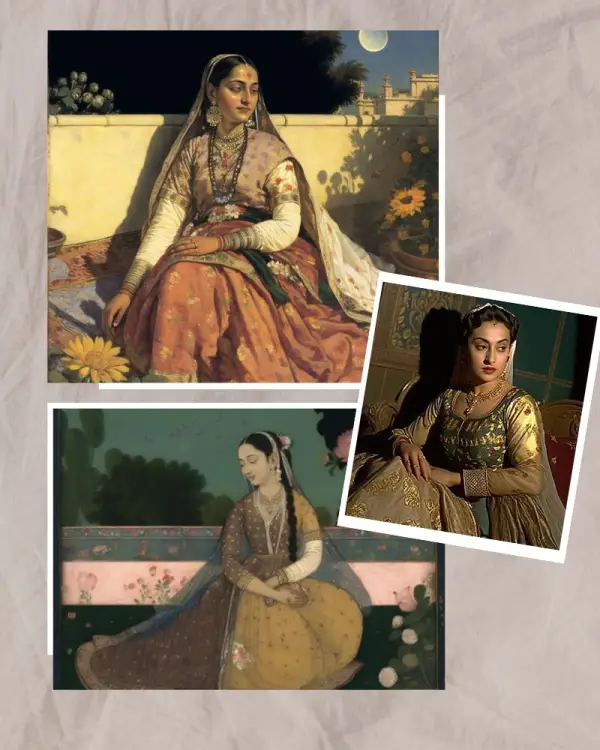
The Mughal invasion brought about a dramatic revolution and led to the creation of strikingly assorted culture. Matrimonial alliances between the Mughals and Indian royal families resulted in an amalgamation of cultural traditions. As a result of such integration, some women started wearing cholis and the others did not. The shrouding of breasts was dependent on various factors like the social status of women and climate of a particular geographical belt.
Cultural Hybridization
There was a sheer hybridization between the orthodox Islamic culture and the contemporary widespread cultural entity of the Indian subcontinent. The women in the Indian subcontinent either kept their breast bare or some of them shrouded with breast bands loosely. On the other hand, as a part of regal ensemble, the royal women flaunted angias. The Deccan courts and women from Western India clothed in garish and heavily embroidered ghagra and choli during the medieval times.
Kangra Paintings: A Window into the Vibrant History of Blouse in India

Kangra paintings are known for their delicate and intricate detailing, especially in depictions of women. In these paintings, women are often portrayed wearing vibrant and flowing skirts with gaudy cholis, which are a testament to the evolving fashion trends of the time. These paintings were created during the Kangra style of art that emerged in the 18th century in the Kangra Valley of Himachal Pradesh, India.
The Kangra paintings provide a visual record of the evolution of the blouse during the 18th century. The blouses depicted in these paintings are different from the ones seen in the medieval and Mughal periods. The cholis depicted in Kangra paintings were more ornate and colorful than those worn in earlier times. This was due to the emergence of a new class of wealthy merchants and landowners who had the means to commission such paintings.
The Kangra paintings also show the influence of the British on Indian fashion. During this time, the British were present in India, and their presence had a significant impact on Indian fashion. The blouses depicted in Kangra paintings sometimes show a fusion of Indian and British styles. For example, some blouses are designed with a high collar or have sleeves that are made of lace, which were influenced by British fashion trends.
Portuguese and British Influences
Encompassing over a transcultural tradition, the history of blouse involves expeditious episodes of cultural shuttling with Portuguese and British traditional notions. The Portuguese introduced new fabrics and styles, which led to the emergence of new trends in blouse design. The British also had a significant influence on Indian fashion, with their Victorian styles shaping the way blouses were designed and worn in India.
Bengal Renaissance
The 19th century Bengal became the most prominent cradle of renaissance which emanated mentionable transformations in the socio-economic position of women. Accordingly, women started come out of their closets, and during this proceeding of social mobilization of women, it resulted in some hindrances in the Victorian insight of the colonial association. Nudity and leaving some parts of a woman's body exposed were reviled as a token of lacked modesty and paucity of sophistication.
Jnanadanandini Devi's Influence
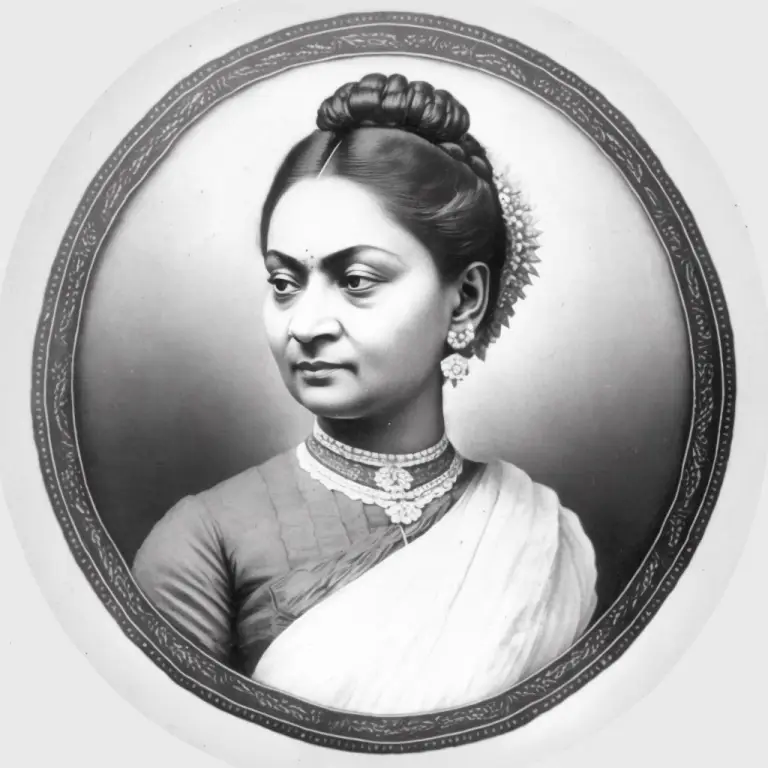
The lady who became the pioneer in the realm of women empowerment and emancipation in 19th century Bengal was none other than Jnanadanandini Devi from Tagore family.
She shaped the entire dimension of saree wearing in Indian women. She travelled abroad with her husband, which modified and transfigured her sense of fashion and viewpoint pertaining life. Her saree draping style was enormously motivated by the Parsee style saree draping. She styled saree with neat pleats in the middle and introduced elegant blouses with high collars, classy frills and ornamental brooches.
Choli ke peeche kya hai?
The Bollywood era brought about a significant change in the evolution of the blouse. It was during this time that the blouse began to be considered as a fashion statement, and designers started experimenting with different designs and styles.
The 1993 saw an interesting episode when a Bollywood blockbuster's song focusing on the choli led to political and academic debates on the sensuousness of the garment. The cheeky question "Choli ke peeche kya hai?" asked by the darling of 1980s and 90s Bollywood, Madhuri Dixit, stirred up a lot of controversy. Political parties took to the streets, All India Radio and Doordarshan banned the song, women's groups condemned it. Despite the controversy, fashion shows continued to reinvent the choli, creating new designs that were committed to the art of covering and revealing.
Consequently, the blouse has undergone several transformations and still retains its place in the everyday attire of the homemaker, working woman, model, and party enthusiast. Presently, every Indian tailor and designer customizes blouses as per the occasion, crafting them to complement the traditional sari or even as backless cholis held together with strings for dancers.
Bollywood has had a lasting impact on blouse fashion for several decades, up to the present day.
Rekha's iconic look in the movie Umrao Jaan, with her heavily embroidered and embellished blouses, inspired the trend of wearing intricate and elaborate blouses with saris.
The movie Dilwale Dulhania Le Jayenge popularized the trend of wearing short, cropped blouses with high-waisted lehengas, as seen on actress Kajol.
The movie Hum Aapke Hain Koun..! popularized the trend of wearing matching color blouses with saris, as seen on actress Madhuri Dixit.
The movie Kabhi Khushi Kabhie Gham... popularized the trend of wearing blouses with plunging necklines and spaghetti straps, as seen on actress Kareena Kapoor Khan.
![[DISHA] The Best Tailoring School](/media/plg_jspeed/cache/images/Disha_logo.webp)



